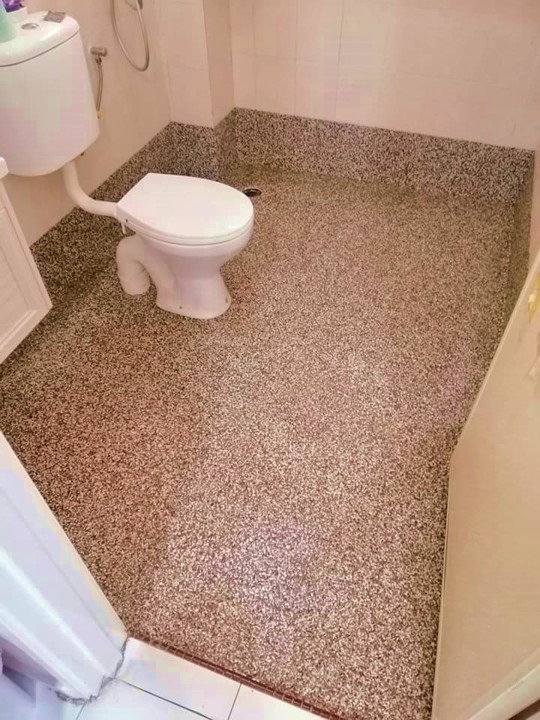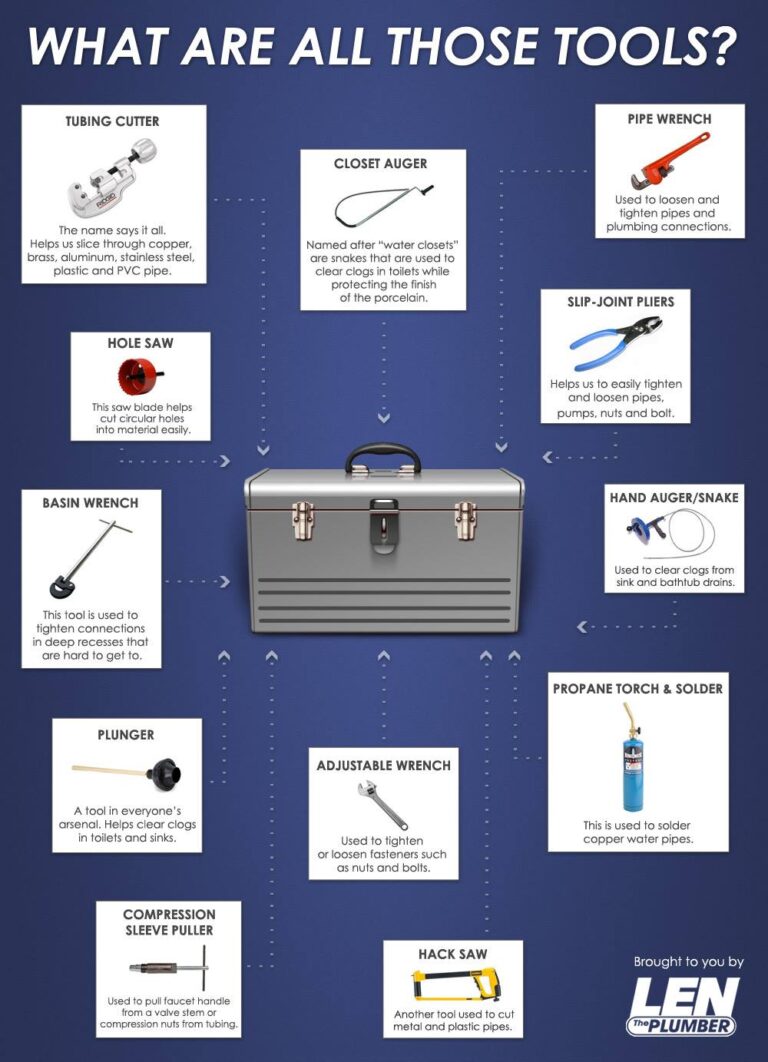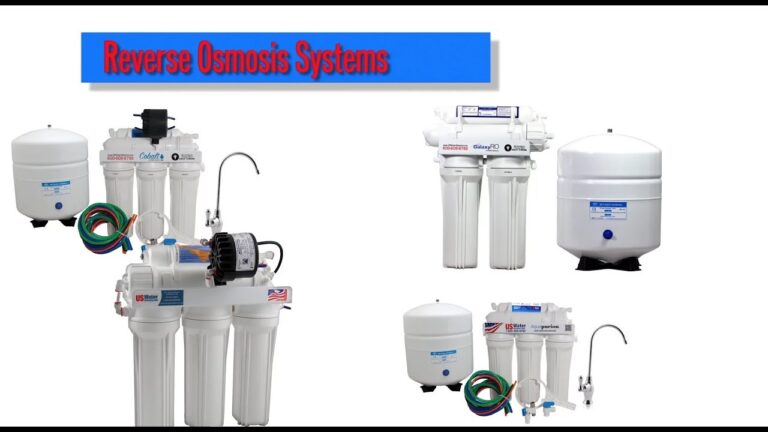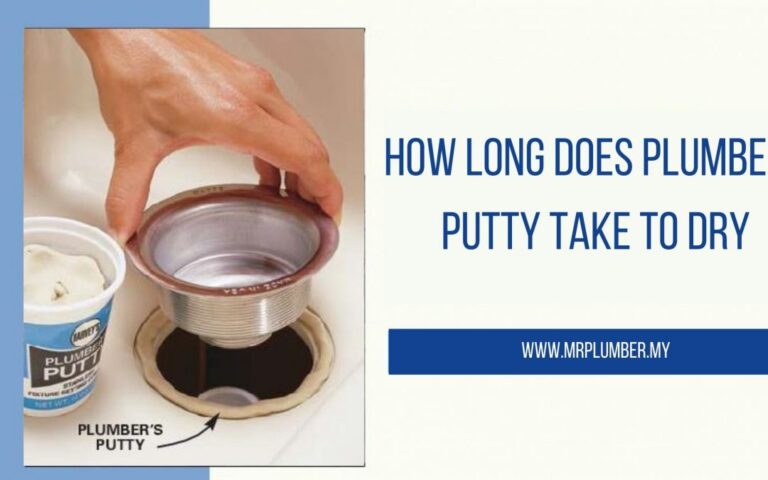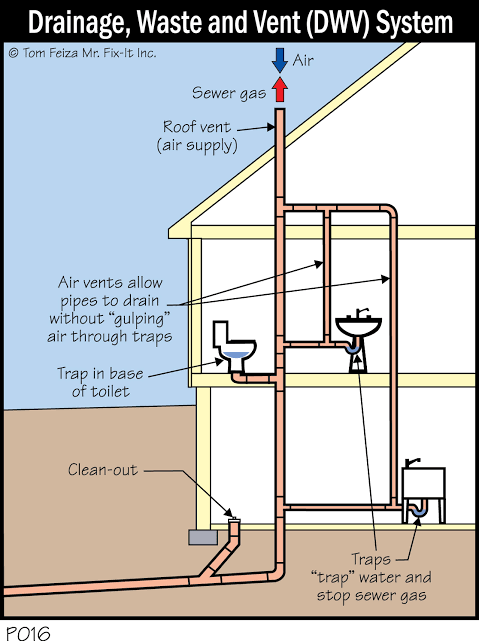How Do You Stop Water Leaks In Walls?
Water leaks in walls can cause serious damage to your home and should be addressed promptly. Fortunately, there are a few simple steps you can take to stop water leaks in walls and repair any damage that has occurred. These steps include identifying the source of the leak, locating the affected area, and sealing the leak with a waterproof sealant. Additionally, you may need to replace damaged drywall or insulation and repaint the area to complete the repair. By following these steps, you can effectively stop water leaks in walls and prevent any further damage.
Identifying a Water Leak in a Wall
Water leaks in walls can be difficult to locate and identify. It is important to stop water leaks in walls as soon as possible. Water inside walls can cause structural damage, mold, and other problems. To make sure that you find and address the problem quickly, it’s important to understand how to identify a water leak in a wall.
One of the first steps to take is to look for signs of water on walls and floors. If you notice any wet spots, discoloration, or stains, these can indicate a water leak. You can also check for any damp spots on the wall and flooring. Additionally, if you notice any bubbling of the paint or wallpaper as well as peeling, this could also be an indicator of a water leak.
If you have any questions, you can also contact a professional to help you determine the source of the leak. They can use specialized equipment such as a thermal imaging camera to detect water. A professional can also help you determine the most effective solution to address the water leak.
Water leaks in walls can be difficult to identify, but it is important to take measures to stop them as soon as possible. The first step is to look for signs of water on walls and floors. You can also contact a professional to help you determine the source of the leak and the best solution. Taking these steps can help ensure the water leak is identified and addressed quickly.
Determining the Source of the Leak
When water leaks in walls, finding the source of the problem can be a difficult task. In most cases, the source will be somewhere within the wall itself, though external factors such as clogged gutters or broken pipes can also be the culprit. To accurately identify the source of the leak, homeowners must first inspect the walls and sealants, as well as outside sources such as water lines and gutters.
Inspecting the walls and sealants is the best place to start when attempting to locate the source of a water leak. This includes checking for cracks, holes, loose seals, or any other damage that may have caused the water to penetrate the wall. Additionally, homeowners should also check for any mold or mildew, which may indicate a water leak.
If the walls and sealants appear to be in good condition, the next step is to inspect any external sources of water. This includes checking the gutters and downspouts for any blockages or clogs, as well as any water lines that may be connected to the home. Checking for any broken or cracked pipes or faulty fixtures can also help homeowners find the source of the leak.
Finally, homeowners should also be sure to inspect the home’s foundation for any potential cracks or leaking water lines. If the foundation is the source of the water leak, it’s best to consult a professional for further assistance.
By following these steps, homeowners can accurately identify the source of any water leak in their walls and take the necessary steps to fix the problem.
Assessing the Damage and Need for Repair
When it comes to water leaks in walls, the source of the leak should be identified and assessed for the extent of the damage. This can range from minor moisture damage to more serious structural damage. Repairing the damage may involve replacing drywall, insulation, and other materials. If a plumbing issue causes the leak, a plumber may be required to repair it.
To detect water leaks in walls, it is important to look for signs such as discolored patches or bulging drywall. Water may also seep through the wall from the outside, which can be hard to detect unless you look closely. If you suspect a leak, it is important to take action quickly, as water can quickly cause further damage to the wall and surrounding materials.
If the leak is minor, it may be possible to repair it yourself. This may involve replacing damaged drywall, caulking cracks and gaps, or applying waterproof sealants. If the damage is extensive or if a plumbing issue causes the leak, it is best to hire a professional to repair it. A professional plumber can help identify the source of the water leak and make necessary repairs to prevent further damage.
Overall, preventing water leaks in walls starts with assessing the damage and the need for repair. It is important to take quick action to identify the source of the leak and address it before it causes further damage. Whether you choose to repair the leak yourself or hire a professional, it is important to take the necessary steps to prevent further damage.
Choosing the Right Materials for Repair
When it comes to stopping water leaks in walls, the right materials used for repair are key. The wrong materials can create more issues down the road, so it’s important to be aware of which materials work best.
To start, the most important element when stopping water leaks in walls is using waterproof sealants. Sealants provide a layer of water protection and are critical for long-term protection. Be sure to choose a sealant that is compatible with the material of your walls, such as masonry sealant for brick walls or epoxy sealant for concrete walls.
Using the correct caulking compound is also essential. Caulk is a type of pliable sealant that helps plug gaps and holes in walls. For exterior walls, use a silicone-based caulk to prevent water from seeping in. For interior walls, use a paintable latex caulk that will blend in with the wall’s finish.
Another material to consider is self-adhesive flashing. This type of material is used to create a waterproof barrier around windows and doors, preventing water from entering the wall cavity.
Finally, you may need to use a waterproof membrane. This material is applied to the exterior of walls to create a barrier between the wall and the elements.
Choosing the right materials for repairing water leaks in walls is essential for ensuring that the issue is resolved and no further damage is done. Investing in the right sealants, caulk, and waterproof membranes can save you time and money in the long run.
Applying the Necessary Fixes
Water leaks in walls can cause a lot of damage and frustration if not addressed quickly. To properly stop water leaks in walls, you need to identify the cause and then apply the necessary fixes. The most common cause of water leaks in walls is faulty plumbing, so it’s important to check for any damaged pipes or fittings. If there is a leak, you can usually fix it by replacing the affected pipe or fitting. However, sometimes the cause of the leak is more complex and may require additional measures.
In some instances, the water leak may be caused by structural damage, such as a cracked wall or foundation. In these cases, it can be more difficult to determine the cause and fix the problem. You may need to consult a professional contractor to assess the damage and provide a suitable repair solution. Additionally, if the water leak is due to a plumbing issue, you may need to hire a plumber to replace or repair the affected pipes and fittings.
Whatever the cause, it’s important to act fast and take the necessary steps to stop water leaks in walls. Inspecting the plumbing and any structural components regularly is a good way to ensure that any potential issues are caught and addressed quickly. Additionally, hiring a professional to assess any water leaks in walls can help to identify the root cause and provide a suitable repair solution.
Preventing Future Leaks
Stopping water leaks in walls is a matter of prevention and knowing the warning signs. The first step in prevention is to make sure that all pipes, including those leading to and from water-using appliances, are properly insulated. This way, when the weather gets cooler, the pipes won’t freeze and burst. Additionally, if there are any cracks in the walls or foundations, these should be filled in immediately to prevent water from seeping into them.
It’s also important to be aware of any warning signs of water damage, such as discolored walls, sagging floors, and musty odors. If any of these signs are present, it means there may be a water leak in the walls. In this case, it is important to take action quickly and call a professional to inspect the area. This will help determine the water leak’s source and how to best resolve it.
Finally, it’s important to regularly inspect the walls for any signs of water damage, as this can help to identify potential issues before they become a major problem. This can also help to identify any areas of the home that need better insulation or other maintenance. Taking the time to perform regular inspections can go a long way in preventing water leaks in walls.
FAQs About the How Do You Stop Water Leaks In Walls?
1. What should I do if I have a water leak in my walls?
Answer: First, identify the source of the leak and make sure to shut off the water supply to the area. Then, use a combination of caulking, waterproof sealant, and concrete patch to seal the leak.
2. How can I prevent water leaks in my walls?
Answer: Regularly check your walls for signs of water damage, such as discoloration, mold, or dampness. Additionally, make sure to keep gutters and downspouts clear of debris to prevent water from collecting near the foundation of your home.
3. What should I do if I suspect a water leak in my walls?
Answer: Contact a professional plumber immediately to inspect the area and identify the source of the leak. Depending on the severity of the leak, they may need to replace pipes or other sections of the wall to ensure the leak is properly sealed.
Conclusion
The best way to stop water leaks in walls is to identify the source of the leak and take the necessary steps to repair it. This could include patching holes or cracks in walls, replacing pipes or fixtures, installing a waterproof membrane, or sealing joints and seams. It is also important to regularly inspect your walls for signs of water damage and take the necessary steps to prevent further damage. By taking proactive steps to identify and repair water leaks, you can help protect your home from costly water damage.


